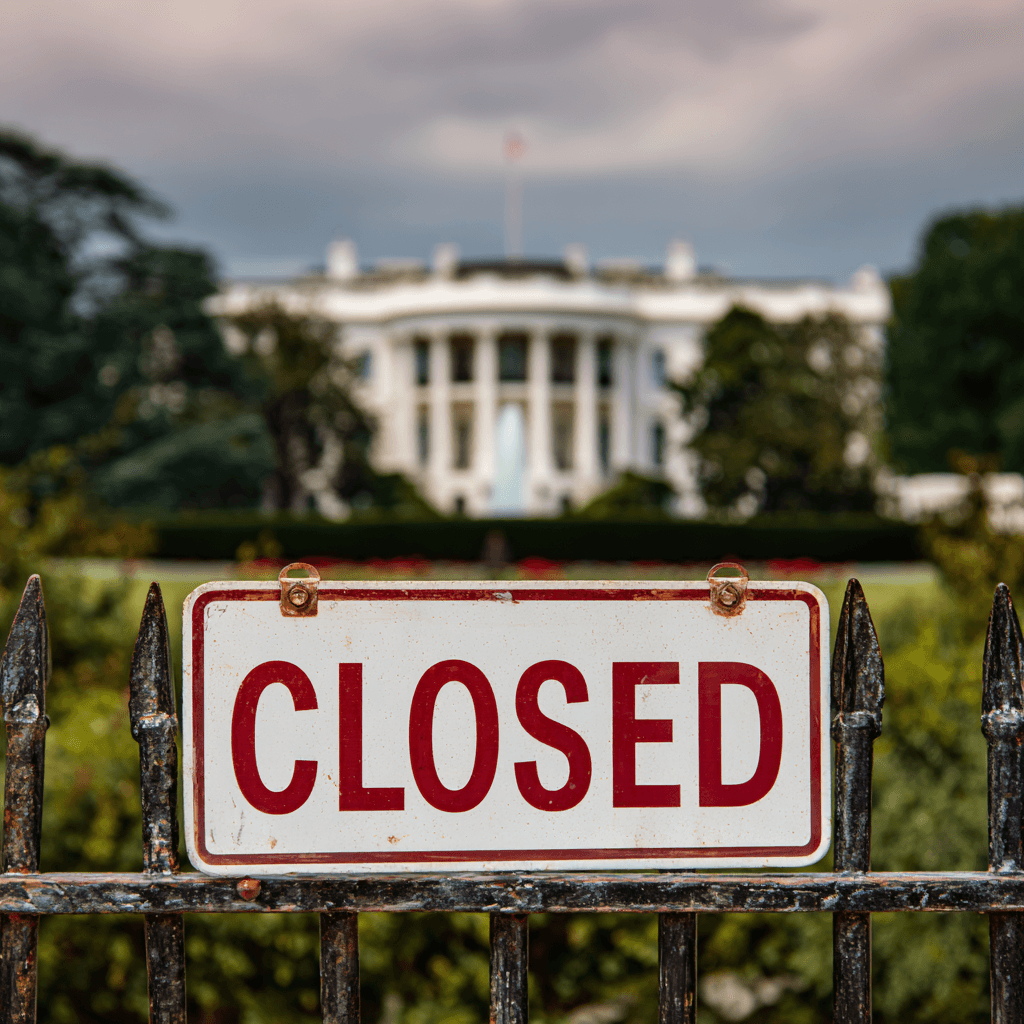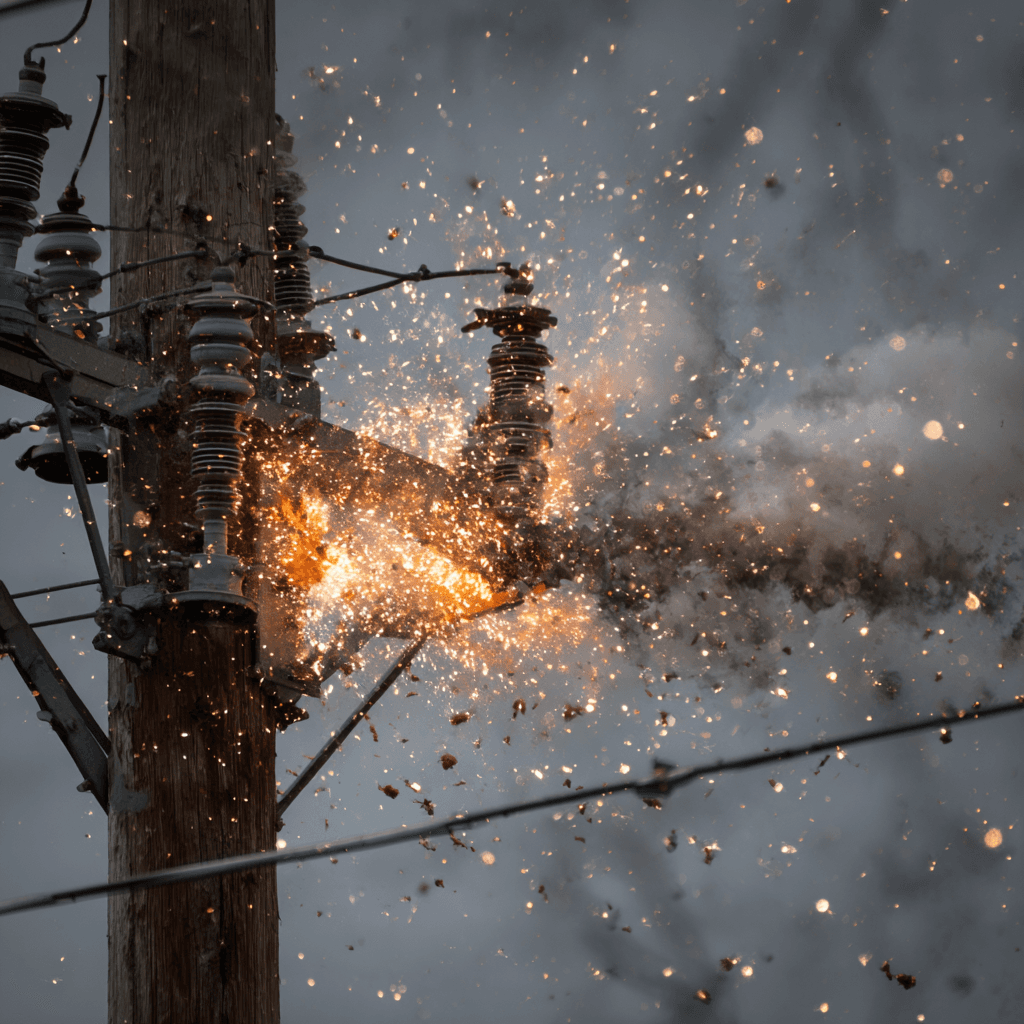Government Shut Down: How a Shutdown Impacts OSHA and Workplace Risk

Brady Keene
Co-founder, COO and Head of Safety

At a Glance: A federal government shutdown doesn’t just disrupt services, it strains the very systems meant to guard worker safety. While OSHA may continue only the most critical enforcement, most inspections, consultations, rulemaking, and oversight grind to a halt. That gap in oversight creates blind spots and risk for employers, workers, and contractors alike.
Why the Shutdown Matters for Safety
When federal funds lapse, many non-essential government operations are paused under the Antideficiency Act. Agencies like OSHA must suspend discretionary functions unless they are deemed essential to life or property protection.
In practice, that means:
- Routine inspections and compliance visits are delayed or canceled
- New rulemaking, guidance, training, and outreach stop or slow dramatically
- Enforcement and legal processes back up
- Worker complaints may not be acted upon promptly
- State agencies (in “State Plan” states) may carry on, but often with reduced federal support
In short: exposure to hazards can go unchecked while oversight is curtailed.
Which OSHA Enforcement Functions Continue
Even during shutdowns, some OSHA activities persist, those considered “essential” under agency contingency plans.
Some examples:
- Follow-up inspections where there are serious, unresolved violations or high- risk
- Enforcement of cases where statutory deadlines (e.g. six months for a citation) demand action
- Responding to imminent danger complaints or fatality/catastrophe situations
- Critical legal/appeal support in a limited capacity
However, many functions are suspended:
- Rulemaking, new standards, guidance development
- Cooperative programs, training, and consultation
- Routine inspections and noncritical enforcement
- Processing many complaints, whistleblower investigations, and hearings
Moreover, deadlines like abatement or contest periods generally still apply legally, even though OSHA staff may not be available to respond.
Effects and Risks to Employers, Workers, and Safety Programs
1. Delayed Oversight = Drift Gains Ground
When inspections or audits pause, unsafe practices may drift further. Without the “fear of inspection” or scheduled oversight, shortcuts are more tempting.
2. Backlog of Cases & “Catch-up” Burden
Once funding returns, OSHA will have a backlog of citations, hearings, consultations, and complaints. The sudden surge of activity may overload capacity and result in weaker follow-through.
3. Uncertainty in Enforcement and Legal Strategy
Employers involved in contested citations or litigation may find their ability to negotiate or respond limited. Delays in hearings or legal actions introduce uncertainty and risk.
4. State Plan Disparities
States with their own OSHA programs (State Plans) may continue enforcement and safety oversight when federal OSHA is inactive. But these programs often rely on federal funding or coordination, which may be disrupted.
5. Interruptions in Safety Innovation, Guidance, and Standards
New or updated safety rules, guidance, training programs, and research may be delayed. This slows progress in addressing emerging hazards (for example, new chemicals, technology, or best practices).
6. Morale & Incentive Erosion
When oversight is perceived as sporadic, the incentive to maintain rigorous safety practices can weaken. Workers and managers may feel monitoring is lax and reduce vigilance.
What Employers Should Do During a Shutdown
Even when OSHA is inactive, risk doesn’t pause. Here’s a practical playbook:
- Treat all oversight as possible but uncertain.
Don’t assume “no inspections = no enforcement.” Be prepared for surprise visits, especially for high-risk hazards. - Reinforce internal controls.
Lean on internal auditing, spot checks, and peer reviews to keep practices from drifting. - Document everything.
Maintain robust records of safety meetings, inspections, maintenance, training, and near-miss reviews. In a future OSHA review, documentation can help show diligence. - Communicate with State Agencies.
If you operate in a state with an OSHA State Plan, know how its operations may continue or shift during the federal pause. - Plan for regulatory “catch-up.”
Be ready for a surge of rulemaking, guidance releases, or enforcement activity once the government reopens. - Maintain a safety-first culture.
Reinforce that shutdowns don’t change your commitment to worker safety. Use this period to emphasize internal accountability.
Possible Long-Term Impacts
- Erosion of compliance culture: Repeated shutdowns could weaken respect for federal safety rules, especially in industries where margins are tight.
- Innovation delays: Research, standard updates, and safety tech development may slow when federal funding is cut or intermittent.
- Uneven protection: Workplaces in states without strong state-level oversight may suffer most from gaps in federal enforcement.
- Regulation shifts: Political pressure or budget cuts during shutdowns may erode OSHA’s resources and influence over time.
FAQ: What You Need to Know
Q: Does OSHA stop entirely during a shutdown?
No, some essential functions continue, especially for imminently dangerous conditions and serious violations. But most routine inspections, rulemaking, training, and noncritical oversight are paused.
Q: Are deadlines like abatement or citation contest periods delayed?
No, those deadlines generally still apply legally, even if OSHA staff aren’t available to act. That can create tricky timing for compliance and responses.
Q: Will state OSHA programs fill the gap?
In states with their own OSHA plans, oversight may continue, though possibly with reduced federal coordination or support.
Q: What kinds of inspections are likely during a shutdown?
Those involving imminent danger, fatalities, serious violations, or unresolved high-risk conditions may still proceed.
Q: How should employers adapt?
Focus on internal controls, strong documentation, regular safety reviews, and preparing for a post-shutdown regulatory surge.
Related Posts
Continue reading with these related articles


